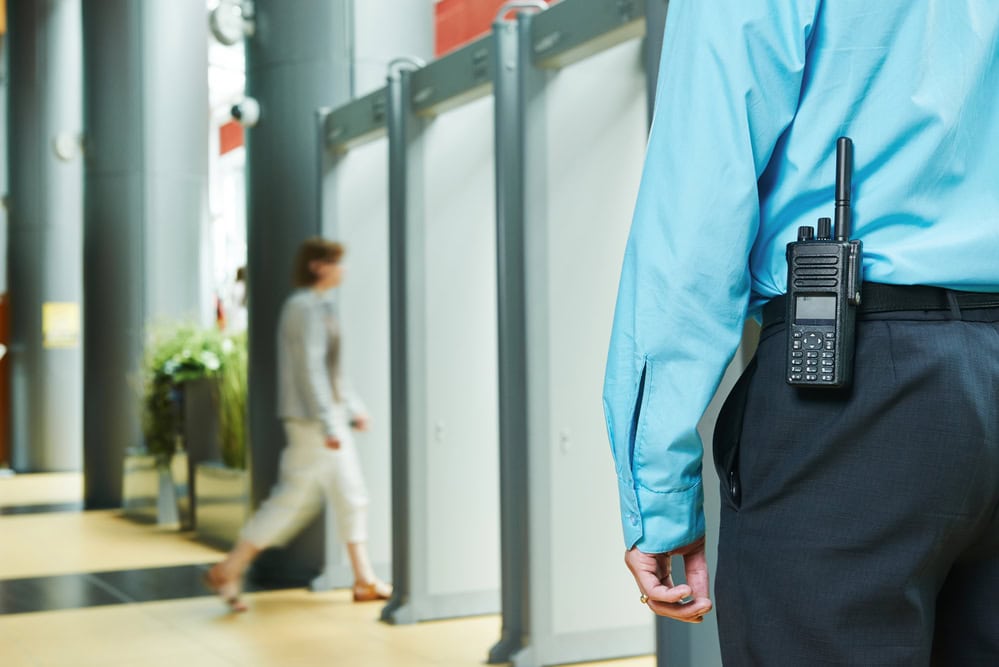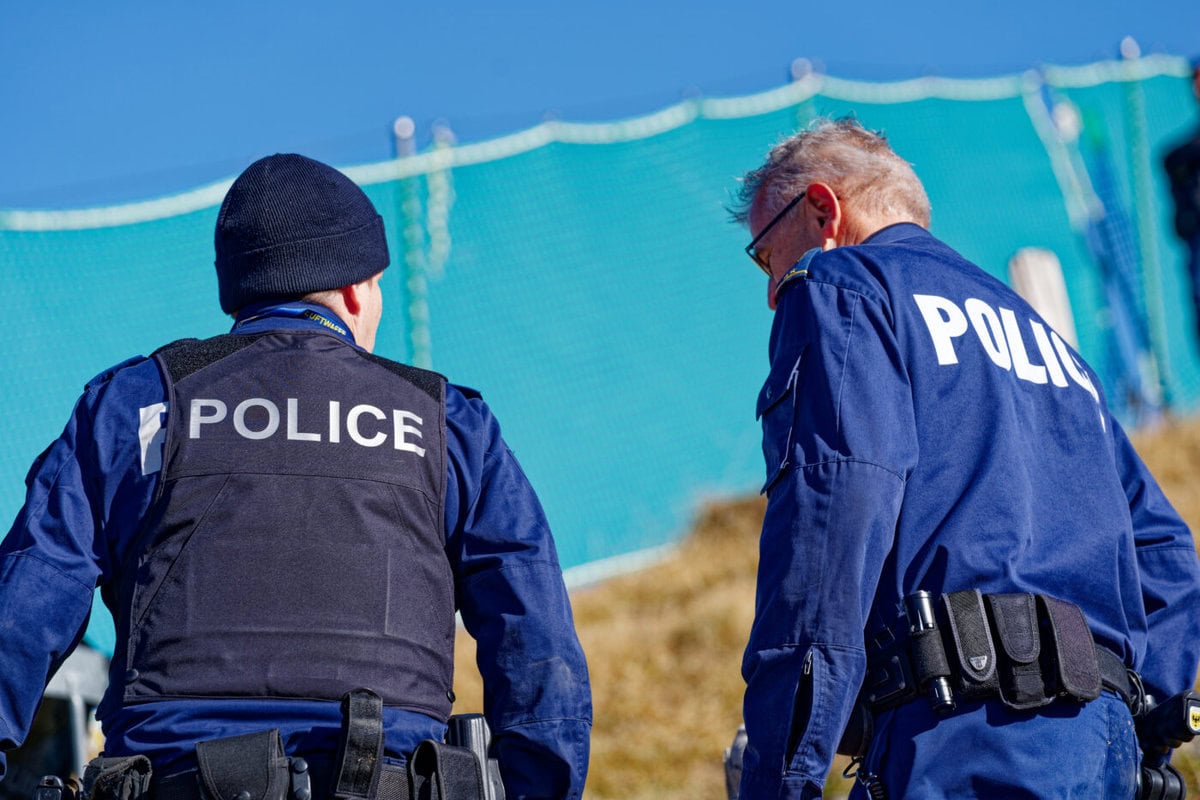Freedom against security
Freedom is a great good. The extent to which we accept its restriction in favor of security depends on many factors. An overview.

Freedom and security are two fundamental human needs that at first glance seem to be mutually exclusive. Safety usually arises from communal rules that limit individual freedom. "But people can also voluntarily act in a safety-oriented manner," says Andrea Uhr, a traffic psychologist and research associate at the BFU. The only question is: When do people restrict their freedom on their own responsibility? And where are the limits of self-determination when it comes to avoiding accidents with serious and fatal consequences?
"We all want to go about our daily lives in an unrestricted and self-determined way. That's why we tend to forget how quickly we overexert ourselves," says Stefan Siegrist, director of the BFU. "Basically, we're challenged as soon as we can drive faster than we can walk, visibility is poor or the ground is slippery." Most of the 40,000 serious recreational accidents happen because human capabilities are, well, limited. In 96 percent of all accidents, people are the cause of the accident. Psychology is therefore a core focus of the BFU's work.
Sensitization as an important precursor to the rule
Let's take the example of bicycle helmets. In Switzerland, it is not compulsory to wear a helmet on bicycles without an auxiliary motor. Awareness campaigns have ensured that just under half of cyclists nevertheless protect themselves with a helmet. Among children, the helmet-wearing rate is even higher: three out of four children wear one. According to the BFU, this means that the time is right to make helmets compulsory for children. This can be seen in the figures.
"A new law has consensus if 40 percent of the population voluntarily implements it and it is accepted by 60 percent of the people," says Siegrist. The BFU determines these figures by means of annual population surveys.
Sensitization to voluntary safety-oriented behavior has a decisive effect on the subsequent acceptance of rules. Without sensitization, a defensive reaction can quickly develop. "It arises when people feel deprived of their freedom of action and decision," explains Andrea Uhr.
"This is currently evident in the case of the compulsory use of masks, which is provoking resistance in certain sections of society. Stefan Siegrist sees two reasons for this: "At the beginning of the corona pandemic, the authorities had to make decisions without a sound scientific basis and at high speed. The collective feeling arose that personal responsibility was limited.
Ideally, the establishment of a new safety measure is based on data and experience. Reliable knowledge about the risk and the effectiveness of measures is needed. Experience shows that it takes about three years to raise awareness of a new topic. Then people perceive new rules less as a restriction of their freedom - and more as meaningful progress.
Different target groups, different arguments
With the help of well-founded studies, awareness campaigns can be developed in a targeted manner. "When the AAIB talks about risks, we don't mean sprains or bruises. We are talking about accidents with serious health or even fatal consequences," explains Siegrist. Arguing with fear, however, is often the wrong approach, he says. Shock campaigns can have a counterproductive effect under certain circumstances, "especially if they do not include a simple, effective solution to the problem," adds Andrea Uhr. Often, the wrong consequence is also threatened. Uhr cites the example of shocking anti-speeding campaigns in the English-speaking world - which have little effect. "Making a young man face possible death has an unbelievable effect on him. It can't hit him. He feels invulnerable and thinks he has his car under control." He says it is much more effective to show this target group possible social or financial consequences. In other words, identifying the right threat for the target group and providing a solution.
This was seen in the "Slow down, take it easy" campaign. Their message was, "If you don't speed, you're cool." The BFU succeeded not in coming across as a buzzkill, but in replacing the desire to speed with an equally strong emotion: enjoyment.
Safe conditions complement safety-oriented behavior
Precisely because the perception of one's own abilities is individual, self-responsibility often reaches its limits. Here, the focus is on adapting the conditions. Siegrist gives an example: "In the vast majority of bicycle accidents at traffic circles, the cyclists are not at fault. Appealing to motorists to stop overlooking bicycles is of little use. We need to improve traffic circles so that the speed is automatically reduced when entering."
Acceptance for a measure arises when awareness functions on two levels. First, the assessment of personal risk is relevant: Do I even assume that it can affect me? Second, personal hurdles play a role. To stay with the bicycle helmet example: How inconvenient is it to lug around the helmet? Does it make me look uncool? Does it ruin my hairstyle? Do I find it uncomfortable or do I get too hot under it?
Facts and figures are a cornerstone, but the decisive role is played by emotion. Siegrist: "Normally, it takes three to four well-founded arguments to convince someone of a measure. But when emotion gets in the way, no argument in the world is of any use."
There is no community without rules
In some cases, compulsion can also lead to voluntariness. Andrea Uhr cites the seat belt as a keyword. Initially, the seat belt requirement met with resistance. There was a huge willingness to challenge this restriction on personal driving pleasure. "Forty years later, it feels weird not to wear a seat belt while driving." If you have to do something you don't really want to do, you often adjust your opinion after the fact to avoid being in constant cognitive conflict, according to a psychological explanation.
It is impossible to imagine our everyday life without rules. Special protection for children, for example, is enshrined in the Federal Constitution. However, a zero-risk society shaped by rules would not be desirable either. Ideally, freedom and security are not mutually exclusive. They complement each other









